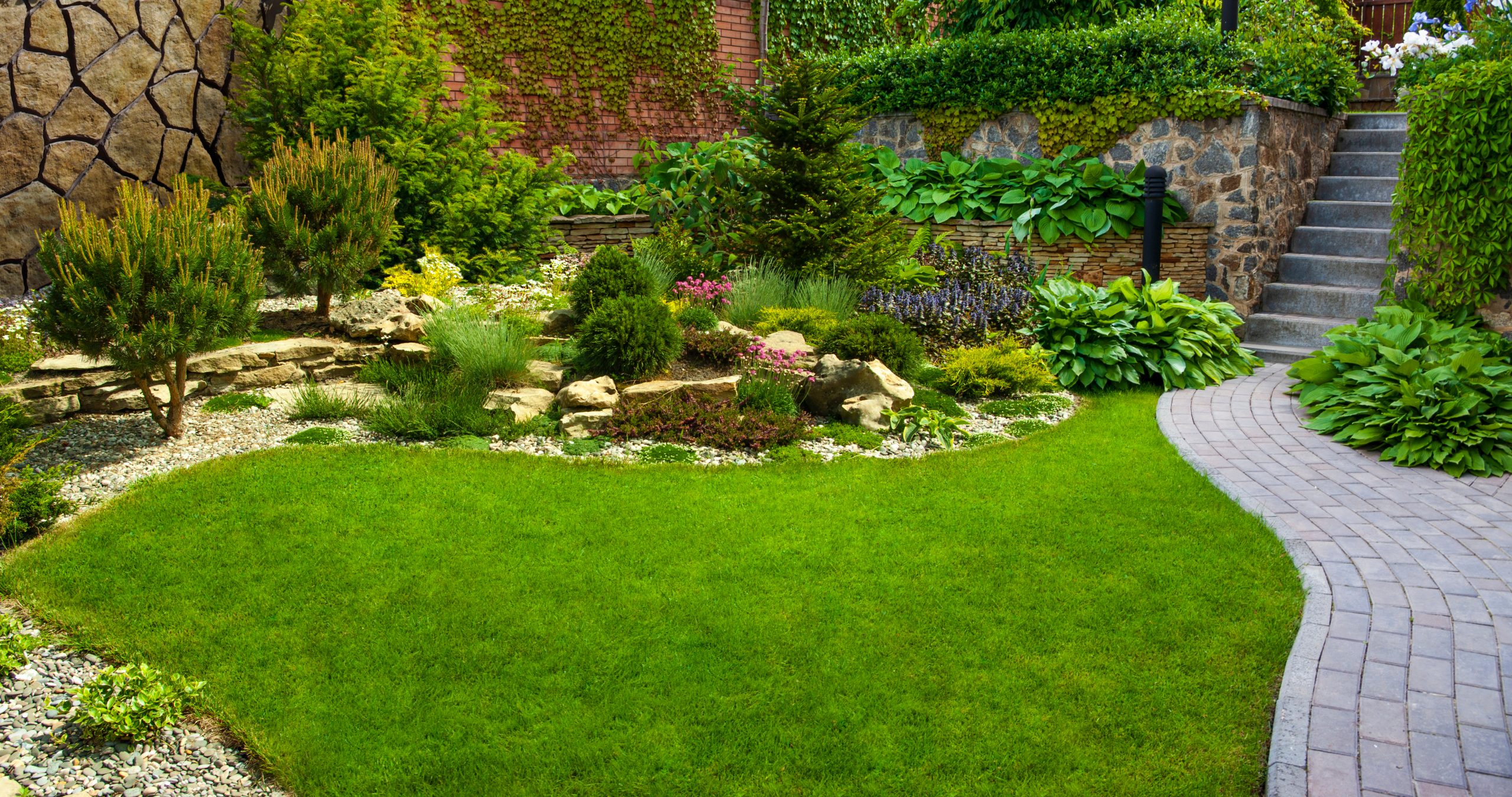
Whether they serve a purely aesthetic purpose or solve a practical problem, design ideas are valuable and deserving of protection. This article provides a brief introduction to intellectual property (IP), including an overview of ways in which garden designers can harness its power to protect their intellectual creations.
What is IP?
Intellectual property law is used to protect ideas. That means an understanding of IP is relevant in any area that involves innovation and creation, including gardening and garden design. If suitable IP rights are in place, the rights can be used to ensure competitors cannot simply copy, and benefit from, a designer’s valuable ideas. For example, products and creations displayed at a trade show can easily be inspected by competitors, meaning these are often worth protecting with IP rights.
How does IP apply to garden design?
There are several different IP types, including patents, designs, trademarks, and copyright, and each has a specific scenario: patents protect the technical function (i.e. how something works); registered and unregistered designs protect a product’s appearance; trademarks protect brand identity; and copyright protects expression of original ideas.
If a product has a unique, fixed appearance, such as a garden chair, a trowel or a raised bed, then design protection is probably the most appropriate. If a garden designer’s idea solves a technical problem with existing products or methods, then patent protection may be relevant.
Different IP types have different forms: registrable or unregistrable. Patents, registered designs and trademarks can be registered. Copyright and unregistered design rights do not need to be registered in Britain because they exist as soon as an original work or design is created.
Copyright and unregistered design rights automatically exist but offer weaker protection than registrable rights. For example, to enforce unregistered designs and copyright, competitors must be shown to have copied a designer’s work, which can be tricky (and costly) to do. Conversely, although registrable IP rights require an initial investment of time and money, once a designer registers their product, it will only be necessary to compare their rights with those of a competitor’s product and whether the competitor has copied, or was inspired by, the garden designer’s work will be irrelevant. This means it may be cheaper to enforce registered IP rights, and the likelihood of successfully proving a product has been copied is often higher, making it easier to use registered IP rights to prevent competitors from marketing similar products.
How does IP protection work?
The IP registration process involves determining what type of protection is needed, how to get the best protection for the idea, and completing and filing documents or images that define the idea’s scope of protection. Designers should note that IP law does not allow protection of something that is already known, or that naturally follows existing ideas. So, the scope of a product design needs to be narrow enough to differentiate it from others, but broad enough to avoid a competitor being able to easily work around the IP. It is not always straightforward to assess what scope can be obtained, but a patent or trade mark attorney can help with this.
The process has various requirements which mean that care needs to be taken when disclosing (i.e. telling others or publishing) details of the ideas that are being registered for protection. Filing for IP protection before any disclosures are made is advisable, as is having non-disclosure agreements in place with commercial partners before obtaining IP rights. IP is territorial and can only be enforced in those countries in which rights are registered (activity in one country falls outside the scope of IP rights in another). This means that, commonly, IP rights are registered in several countries and to do this most effectively, garden designers need to be aware of where their likely competitors operate (and also where they themselves may operate in the future).
Cost and value of investing in IP
The fees applied to the process of obtaining IP rights vary between countries and between the types of IP being sought. Registered designs are typically the most relevant form of IP that a garden designer may want to consider, and typically these cost a few hundred pounds in Britain and the European Union. That sum covers the official fees and the advice given by experienced attorneys who will help identify suitable images to file to provide IP protection for the product. The obvious value of IP can be in enforcement, assisting in the resolution of disputes with competitors. However, registered IP rights also offer further
advantages at no additional cost. At my firm, for instance, we always advise that products protected with registered IP rights are marked with their registration number; this makes competitors aware that rights
exist and should deter copying, thus avoiding potential future disputes. A tailored IP portfolio can also help provide protection for ideas and prevent competitors from commercially benefitting from them. To
that end, we encourage any garden designer to consider their IP and how best to protect their ideas.
Garden designers can harness intellectual property law to protect their intellectual creations. Copyright, for example, protects expression of original ideas.
For further information on how to protect your products with designs, or if you have any questions in relation to this article, please find my contact details on my website profile or contact our dedicated designs team at gje@gje.com.
This article was published in the August/September 2024 issue of Garden Design Journal, copyright Society of Garden Designers, sgd.org.uk


